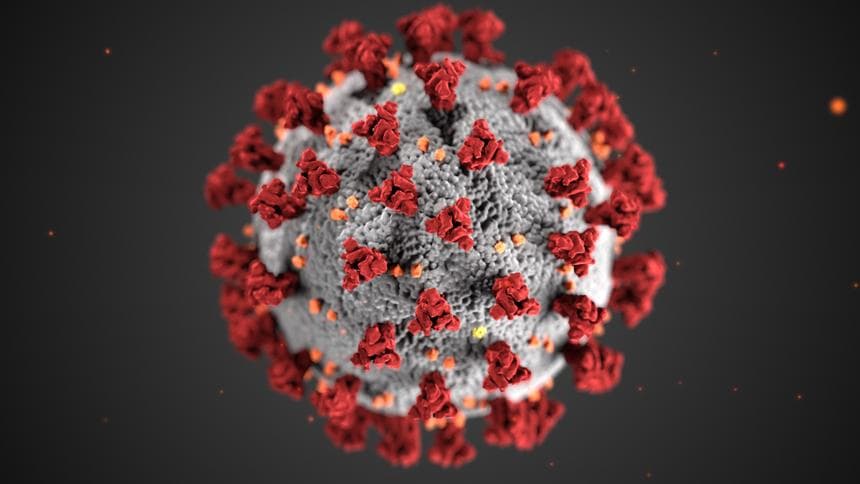Coronavirus Countermeasures – a “Defence in Depth” strategy

While guidance has been issued on defensive measures such as lockdowns and social distancing, there is a need for more guidance on counter measures that could be taken to control - and ultimately eradicate - the virus, in advance of vaccines being rolled out. Defensive measures mean that reinfection rates drop while contact between people is reduced; when they are eased, rates rise back towards R0 (at the time of writing, 5.7), so their benefit is to “flatten the curve” – spread out the impact on health services, while making little difference to the total number of infections and fatalities, and negatively impacting the economy. Counter measures stop the virus from spreading, allowing businesses to reopen and trigger economic recovery. Given that no one measure can be 100% effective, premises should adopt a “Defence in Depth” multi-layer approach, with fewer restrictions required where they adopt more of the following:
- Identify infected individuals where it is possible to do so by detecting elevated temperatures, with high temperature confirmed using medical grade equipment. This is to prevent those who are infected from entering premises and spreading the virus, accepting that a subset of infected individuals may be asymptomatic. Where the use of masks is mandated, these should be checked by the premises.
- Control the spread of the virus after the above identification, by use of a certified virucidal agent to eliminate any occurrence of the virus on clothes or the surface of the skin for those entering premises.
- Accepting that the above measures cannot prevent an asymptomatic person entering premises and spreading the virus in their breath, any enclosed space should have a means of managing any free-floating virus within a reasonable period (for example, an hour), to reduce the likelihood of transmission. In this context, "managing" means a method for preventing transmission, which may be as simple as complete exchange of internal air with fresh air from outside, or using devices such as upper air UVC treatment, through to finding a means to neutralise the ability of the virus to infect, with the ideal being air treatment by a device which has been certified as filtering out particles at least the size of the naked SARS-CoV-2 particle (60 to 140nm), noting that this renders irrelevant current debates about whether or not the virus is naked or coated.
- Accepting that the above measures cannot eliminate virus on surfaces, any enclosed space must institute a regime of disinfecting surfaces with a certified virucidal agent or process (such as UVC with no human present due to the dangers of exposure) at least once in a 24-hour period.
The above measures cannot completely eliminate the virus, but will significantly reduce the probability of spreading, eventually creating pockets within communities where there is no virus present, and even when an asymptomatic infected person enters, there is a very low probability of passing the virus on. The ultimate goal is to get the reinfection rate to 0 across the whole country, at which point, the use of the above measures at all entry points, plus existing quarantine rules, will eradicate the virus nationwide.
